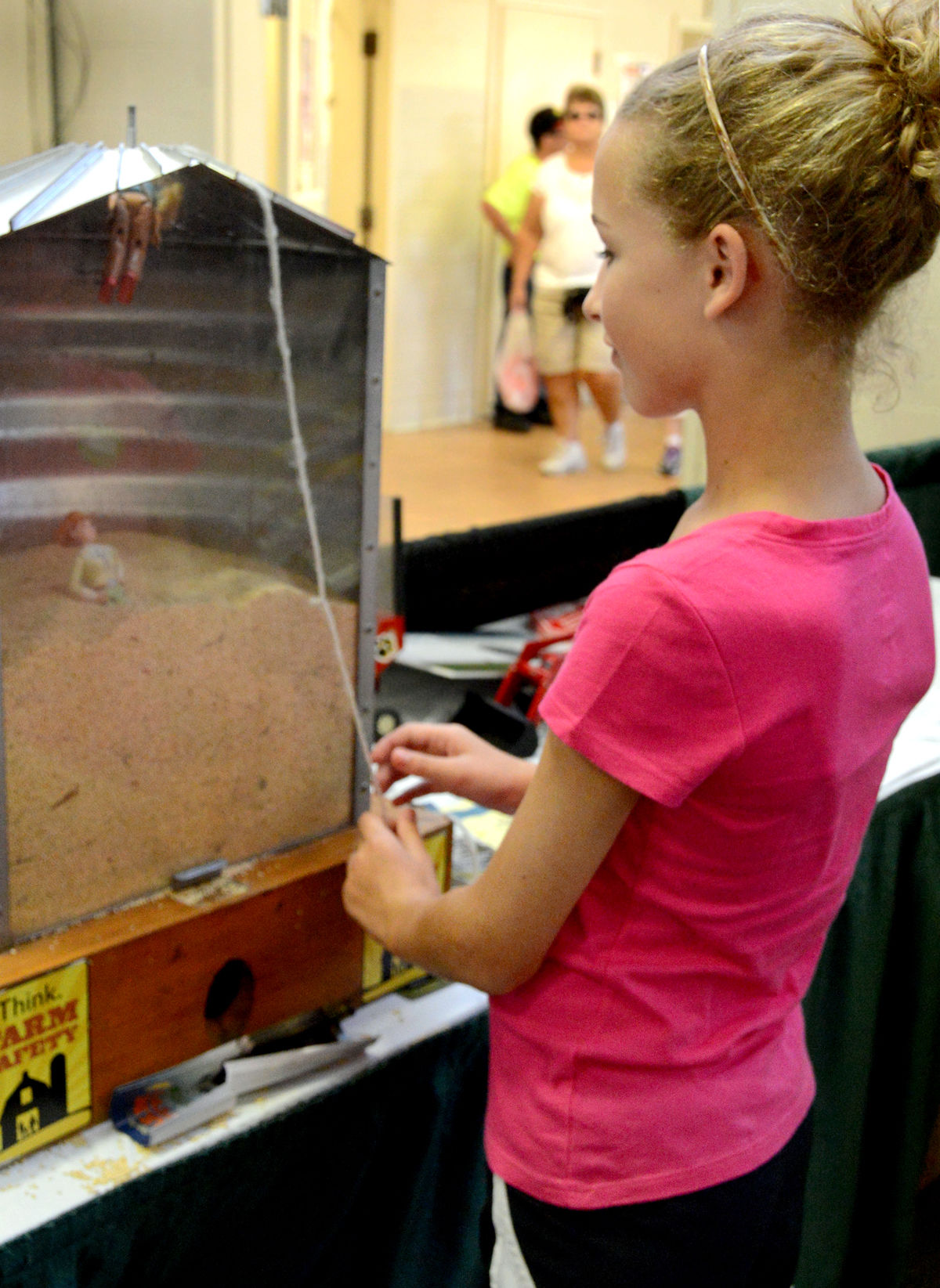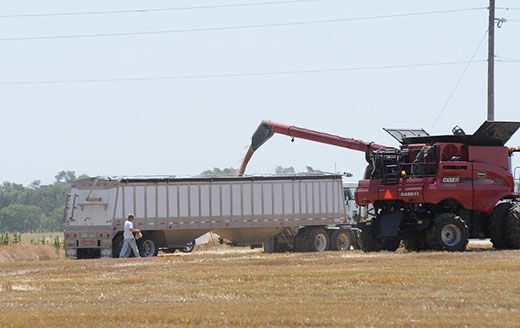Five seconds. That is all it takes for flowing grain to trap a farmer. In 60 seconds, grain engulfs and suffocates the farmer.
That is why University of Missouri Extension, the Occupational Safety and Health Administration, and the National Grain Feed Association formed an alliance to help to protect farmworkers. OSHA employees will travel the state to promote “Stand-Up for Grain Engulfment Prevention Week,” April 9 to 13.
MU Extension safety and health specialist Karen Funkenbusch says MU will lend OSHA interactive displays that help users understand ways to handle grain safely.
One exhibit features a cutaway model of a grain bin in which the interior is visible. A doll placed on top of the grain in the bin shows how quickly a farmworker sinks into the grain and is covered. Another exhibit is a small-scale grain bin to demonstrate the strength it takes to pull someone from engulfing grain.
Farmworkers entering bins can become engulfed if they stand on moving or flowing grain. The grain acts as “quicksand” and pulls workers into the grain, which buries and suffocates them.
Farmers usually check and empty bins during early spring as they prepare for a new crop. Low prices and surplus grain supplies sometimes create the need to store larger than usual amounts of grain. When the grain’s moisture content is high, farmers will check grain more often to look for crusting, spoilage and other issues.
Funkenbusch recommends a “zero entry” mentality when it comes to grain bins. If you must enter a bin, do not go alone and use proper equipment such as safety harnesses. Use a lockout-tagout kit to ensure that equipment such as augers do not have power. Kits cost $100 to $1,000. “The expense is small compared to the cost of lost lives,” Funkenbusch says. She also suggests running ventilation equipment before entering a bin to remove toxic fumes.
Alliance partners include OSHA, National Grain and Feed Association, Grain Elevator and Processing Society, and American Feed Industry Association.



